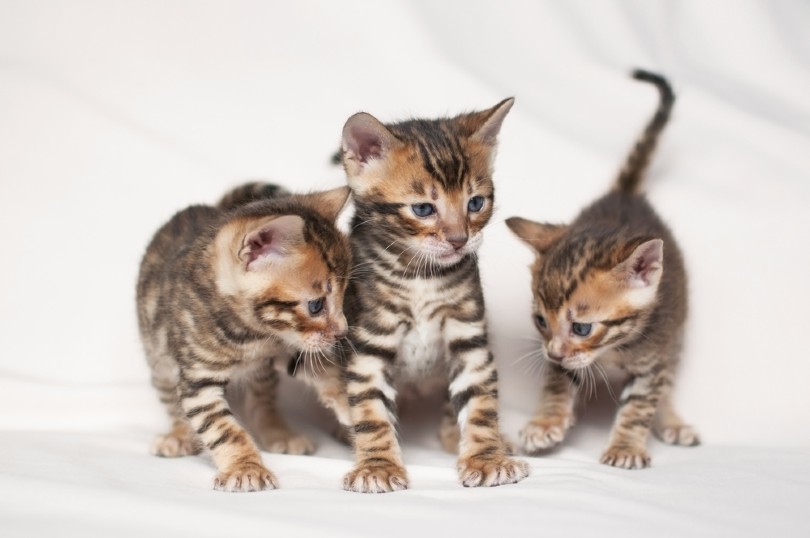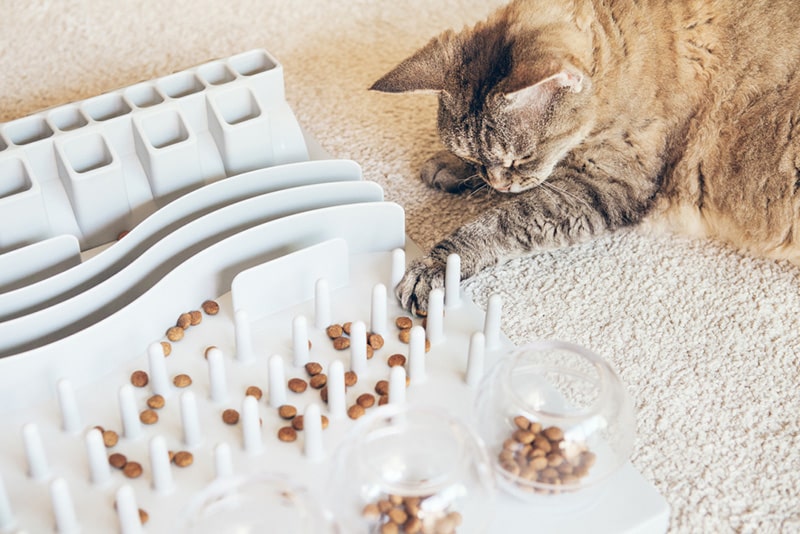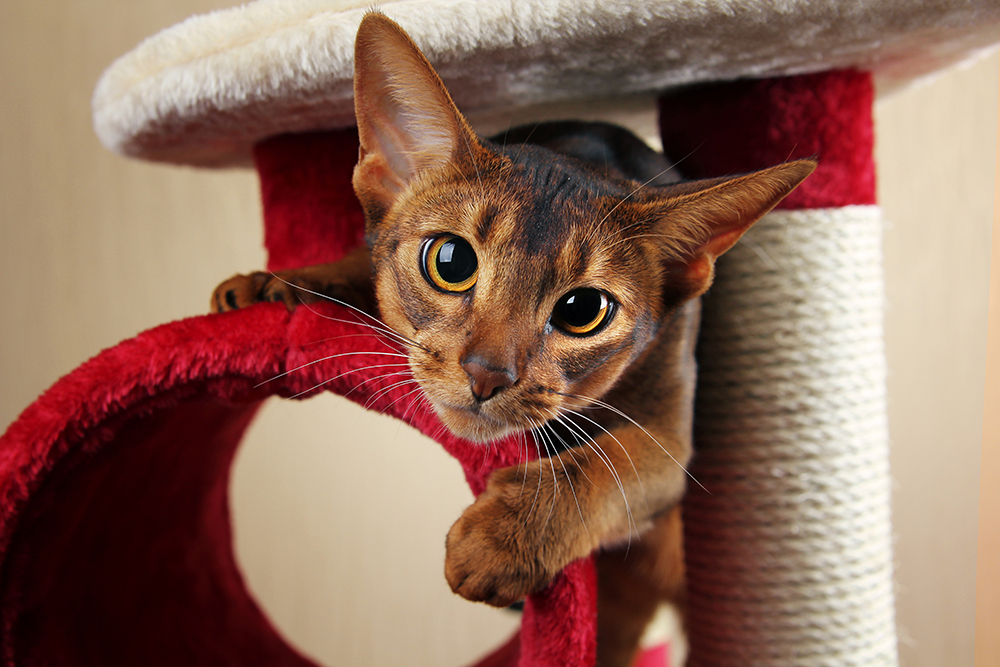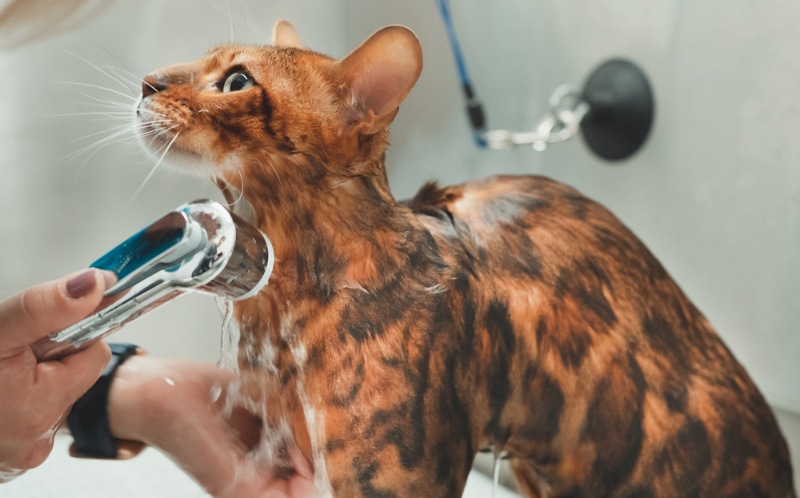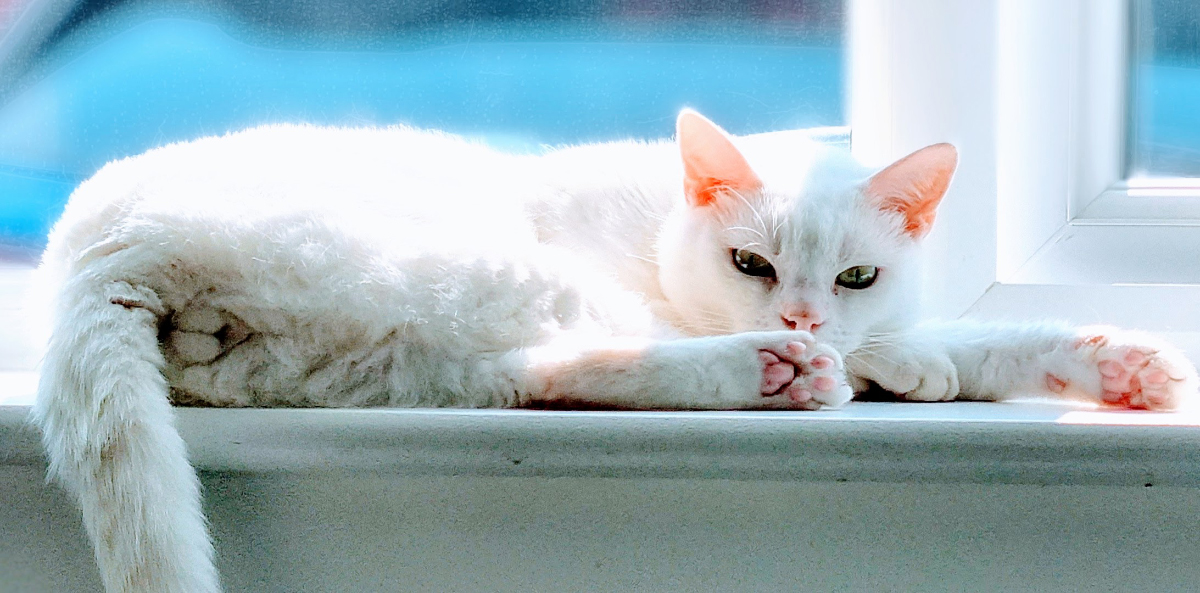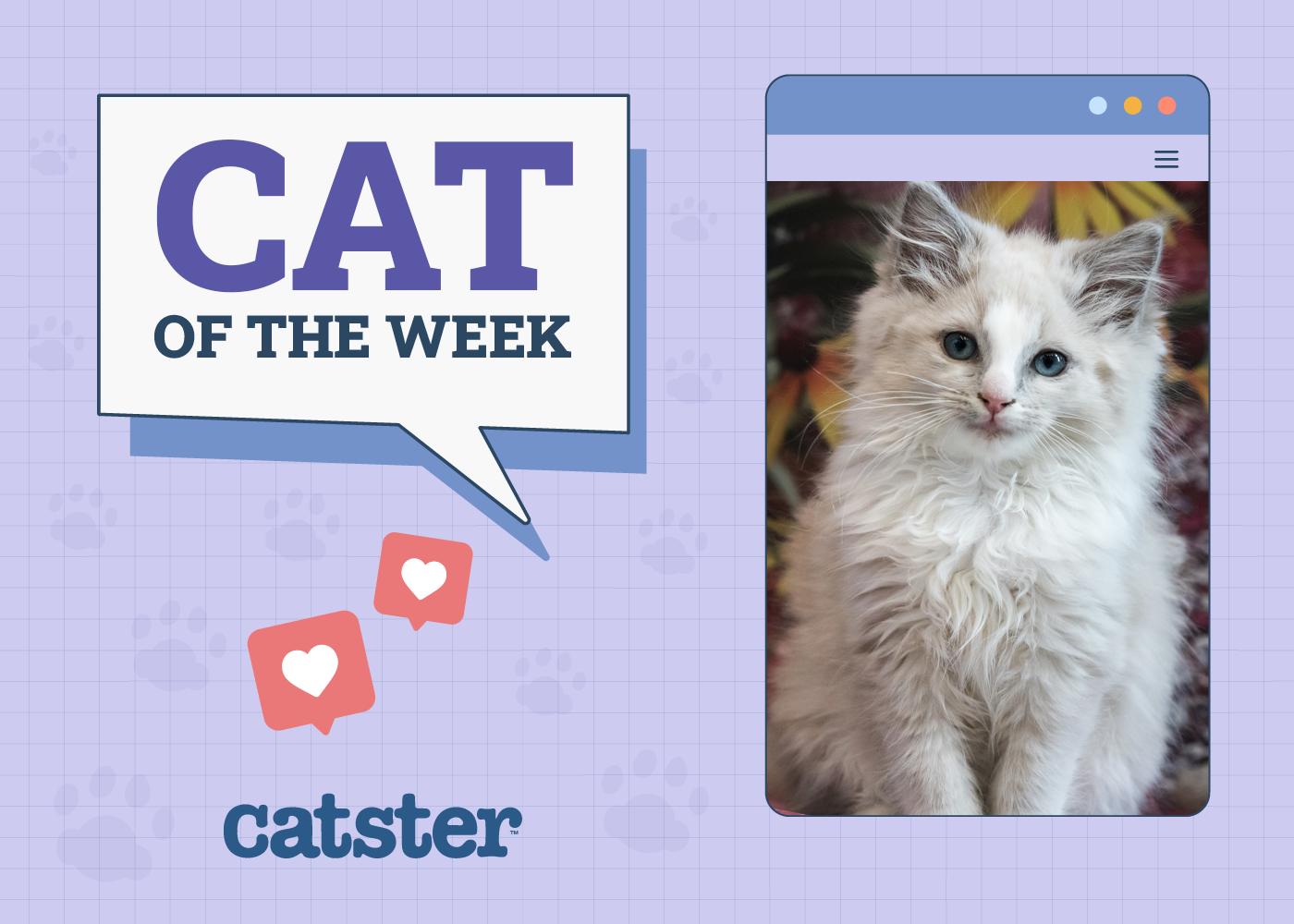Nearly 43 million American households 1 have at least one cat. It’s easy to see why they are so popular. Felines are more independent than dogs, making them less work, especially for working families. However, that doesn’t mean they don’t require attention.
Age is a critical factor in many of the health decisions you’ll make. Comparing your pet’s age to human years puts it into a better perspective. However, it’s not a simple formula. Instead, it’s a dynamic quality that changes throughout your cat’s lifetime.
Cat Age Chart in Human Years
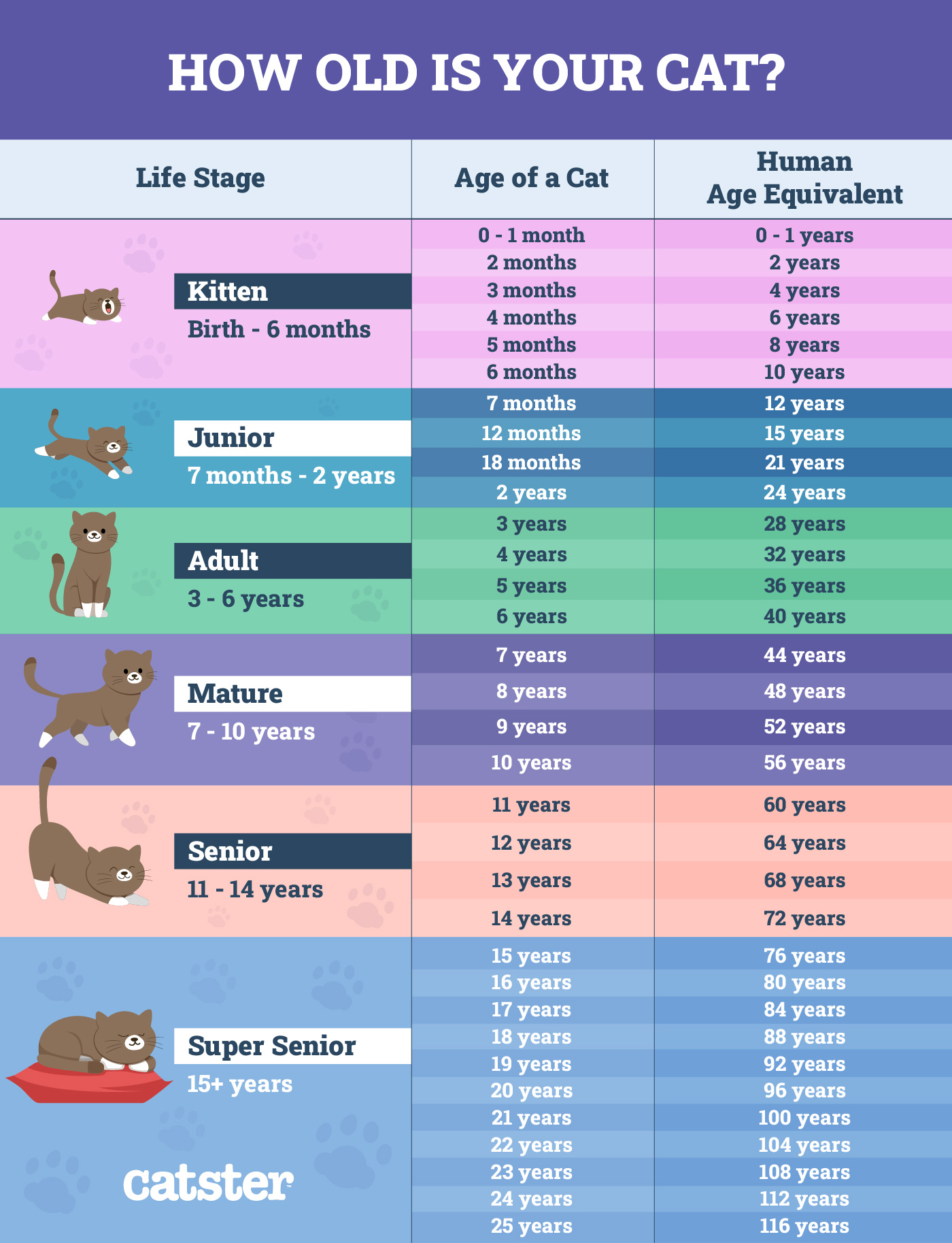
Age becomes relevant even before you bring your pet home. One of the first decisions you’ll make is when that happens. It can mean the difference between a cat that handles the transition well to one that is nervous with behavioral issues. The next milestone is the time that you spay or neuter your pet. That can differ with the varying development of cat breeds.
Another critical decision involves your pet’s diet. Kittens and adult cats don’t have the same nutritional needs. For example, a younger pet must get more protein, calcium, and other nutrients to support its development. Likewise, a senior pet has differing requirements, too. All animals—including people—slow down as they age. That means dietary changes.
Not a One-Size-Fits-All Formula
Often pet owners believe the adage that one year of their cat or dog’s life equals seven in them. Unfortunately, that’s too simplistic. A cat becomes sexually mature around 6 months, depending on the breed. By that formula, a kitten is 3.5 years, which shoots holes into that 7-year theory. Instead, you’ll find it’s quite variable.
For one thing, it’s essential to consider your cat’s age in months when it’s under 1 year old. Then, figures also vary, depending on the animal’s life stage. Diet and health can play a role, too. Bear in mind that a feline’s lifespan isn’t necessarily the same as humans, either.

Do Indoor and Outdoor Cats Age at the Same Rate?
Indoor and outdoor cats may age the same physically, but that only scratches the surface. The first factor is lifespan. You can expect a pet kept indoors to live up to 15 years or more. A cat that lives outside live up to 5 years—if it can dodge the dangers of cars, predators, and disease.
Diet also becomes a part of the aging issues, especially for cats that fend for themselves by hunting. That adds a host of potential risks, including poisoning, internal or external parasites, and conflicts with the conservation of vulnerable species. The fact remains that cats adapt well to indoor life without any problem.
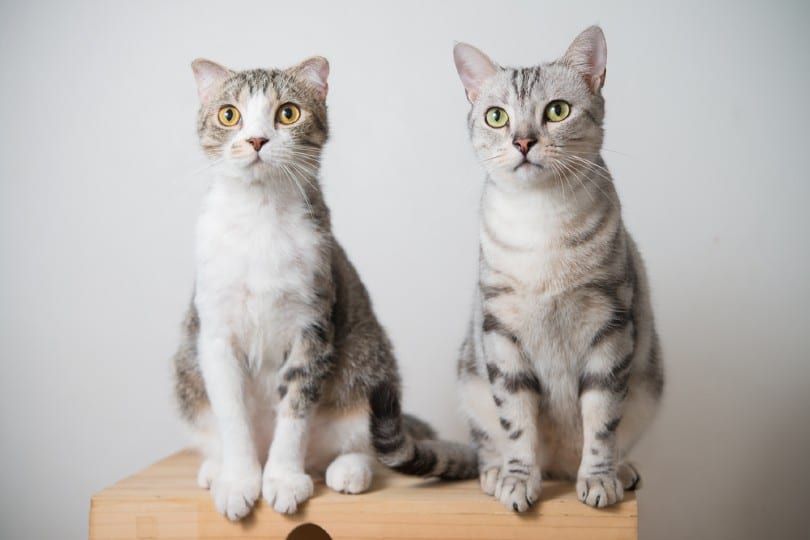
Signs of Aging in Senior Cats
A cat enters the senior life stage at about 11 years old. A pet may develop chronic health conditions at this time, such as arthritis and dental disease. These two issues, in particular, can cause other complications that can affect a cat’s lifespan.
A feline typically starts to slow down as she ages. She may lose muscle mass that can make getting around more difficult. She may develop arthritis. These conditions mean that you should feed your cat less and switch to a senior diet to prevent obesity. That can directly impact her quality of life and longevity.
Dental disease can bring on another set of equally disconcerting problems. If it hurts your cat to eat, she may go off of her food. That can, in turn, cause weight loss and nutritional deficiencies. An inadequate diet also puts your pet at risk for parasites and disease.
- Hearing loss
- Cataracts and vision loss
- Cancer
- Diabetes
- Kidney disease
The risk of these conditions increases with age. Therefore, regular veterinary care is imperative for your cat’s health.

Which Cat Breeds Live Longest?
Interestingly, the research shows that mixed or crossbred cats are more long-lived than their purebred counterparts. A review of the oldest felines according to the Guinness Book of World Records supports these findings. You might wonder, why is that true?
Perhaps the critical factor is breeding. If cats are inbred, there is a greater risk that the offspring will inherit an unwanted trait, such as deafness. If both related parents have a gene that codes for a disease, the chances are higher that the kittens will get the bad copy from both of them. On the other hand, mixed-breed cats that aren’t related will likely have healthier young.
A cat that is 15 years old has lived a long life. The fact remains that some animals can even live into their 30s with proper care and diet.
Conclusion: How Old Is My Cat
Understanding how your cat ages can go a long way to ensuring a good quality of life. It’ll help you choose an appropriate diet and provide the best care, no matter what her life stage. The essential thing to remember is that your pet isn’t a little human. She has her unique physiology that determines her lifespan. Knowing what to expect as your pet ages is vital for her health.
Featured Image Credit: Kutikova Ekaterina, Shuterstock

